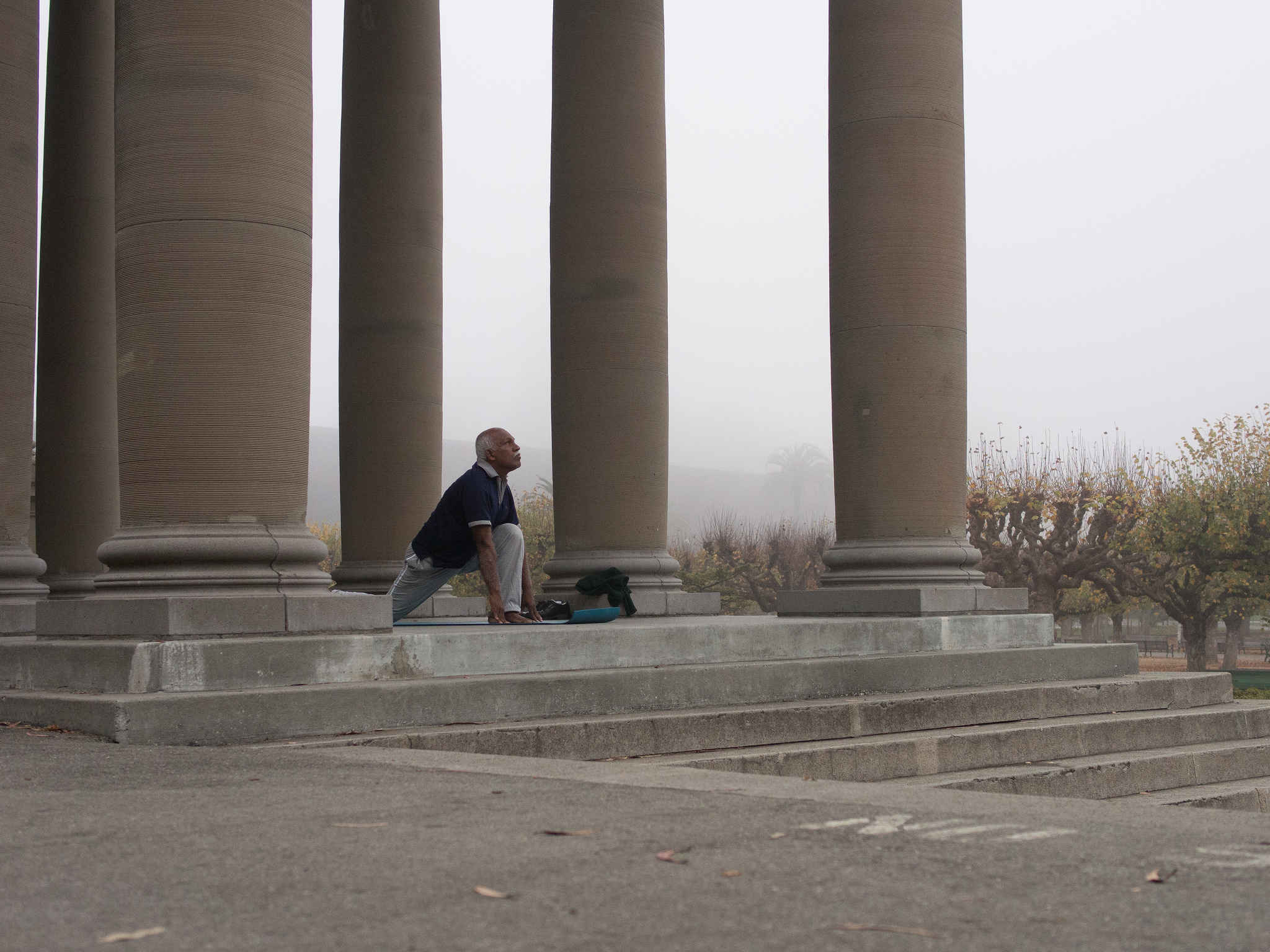
A huge part of my job over the years has been helping groups recover from Process Trauma (and its ugly cousin Consultant Trauma). It’s caused when a group goes through some kind of process, such as strategic planning, and has a horrible experience. It almost always results in the group deciding never to pursue that process again unless they’re forced to, which exacerbates the trauma.
As empathetic as I am to Process Trauma, I am troubled that groups tend to give up on process rather than making adjustments and trying again. If I have a bad experience with a personal fitness trainer, I’m not going to give up on exercise as a path to getting healthier. Why do we do this with our work?
I think it’s because people often don’t understand why they’re going through a process in the first place. Instead of pressing for clarity, most folks accept it without questioning it. It’s the organizational version of the Emperor’s New Clothes. People assume that others must know better, or they’re intimidated by the terminology, and they give in.
Strategy work is rife with Process Trauma. However, strategy work matters because acting strategically matters. It’s the difference between systematically working toward your higher purpose and flailing in the weeds, trying to put out fires wherever you see them. It’s the difference between flowing in alignment with others and moving at cross-purposes. It’s the difference between success and failure.
I recently put together a short video where I explain what strategy is, how to develop good strategy, and how to build strong strategic muscles:
I hope this video helps people recover from Process Trauma while also clarifying why and how to do this work. I want to empower folks to speak up when the Emperor has no clothes. I want people to understand that skilled practitioners aren’t good at coming up with answers, but at helping the group ask and explore the right questions. I want people to understand that all good strategy is collective and emergent.
I also hope this video helps folks understand why tools like the Strategy / Culture Bicycle are designed the way they are and imagine alternative ways of using them. There’s no one right way to develop good strategy. It’s critical that groups approach it as something they need to figure out for themselves, which takes time and practice.
I would love to start a larger conversation about how to align around good strategy. Many strategy consultants are not intentional about helping groups align, which is why their processes often fail. However, collaboration practitioners who are intentional about alignment often stop there rather than making sure that what they align around is good. I touch on some of this in the video, but the devil is always in the details.
What strikes me about Hans Christian Andersen’s version of “The Emperor’s New Clothes” is that the emperor keeps walking, naked as the day he was born, head held high, even after the crowd starts hooting at him. Strategy is hard. If you’re not struggling at it, you’re probably not doing it right. But stubbornly marching ahead, ignoring the people around you, guarantees Process Trauma and failure. Good things happen when people know the purpose of a process, make adjustments when they struggle, and practice, practice, practice.
Thanks to H. Jessica Kim for reviewing an early draft of this post. Photo by Png Nexus, CC BY NC-ND 2.0.
Podcast: Play in new window | Download
Subscribe: RSS

